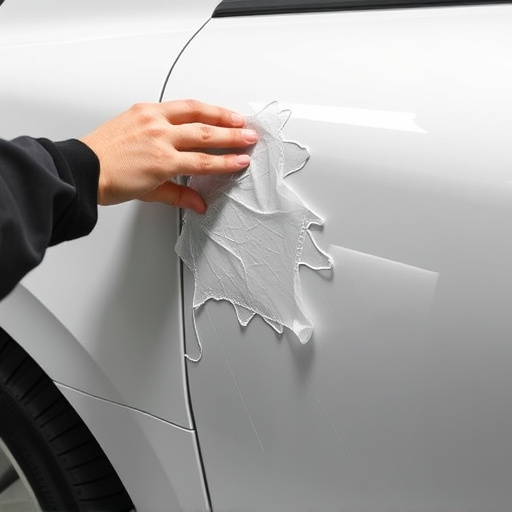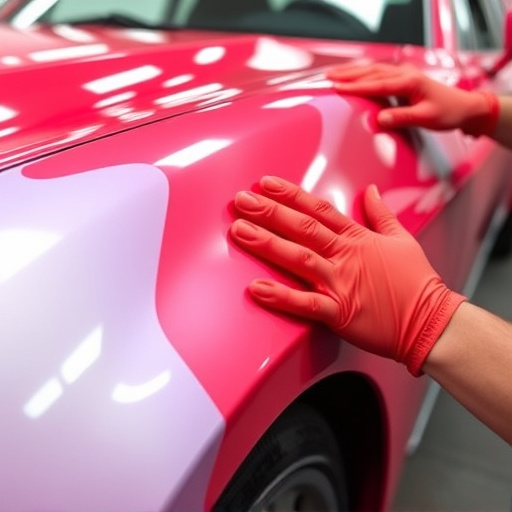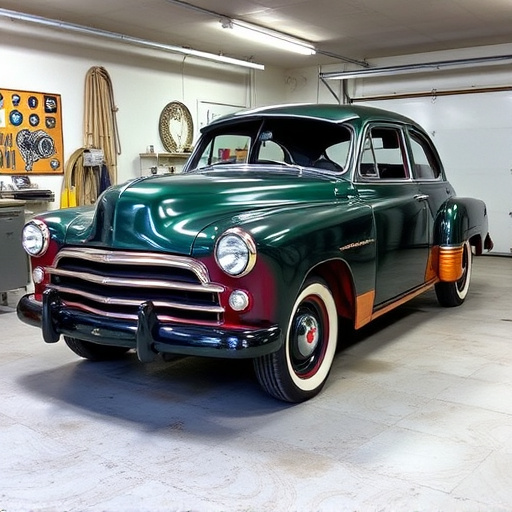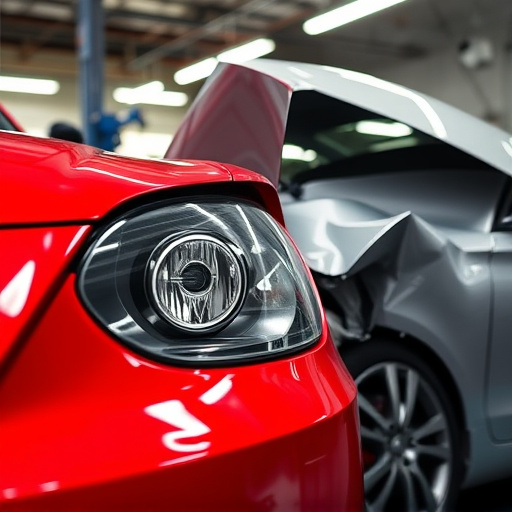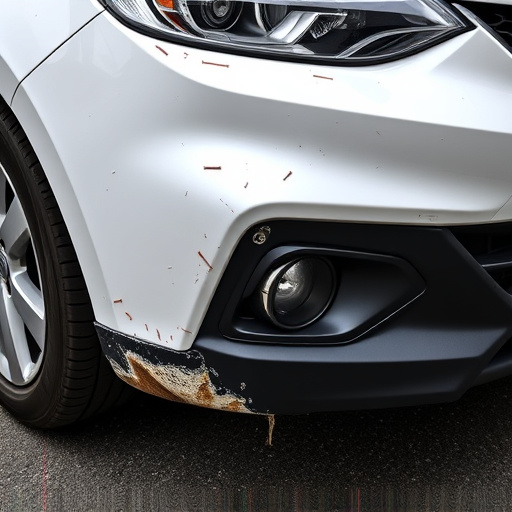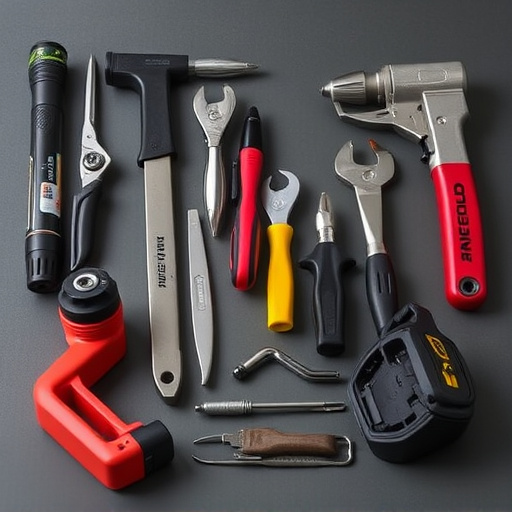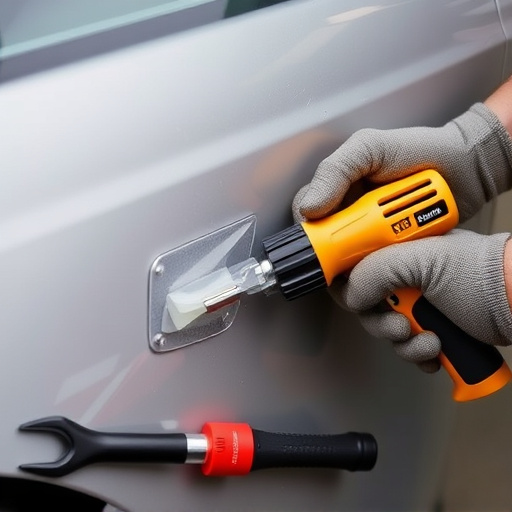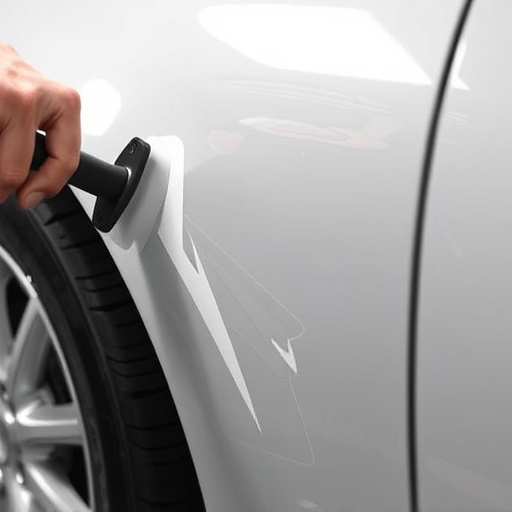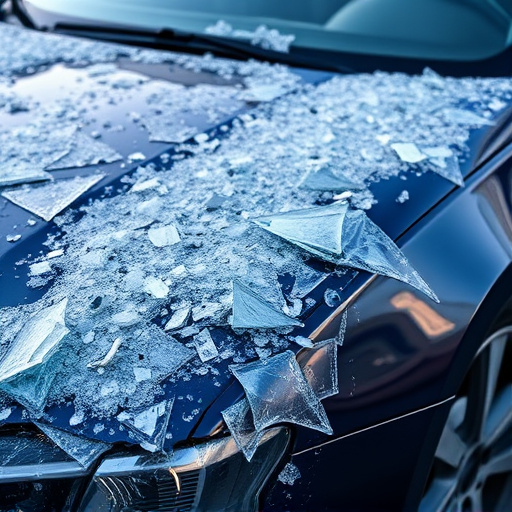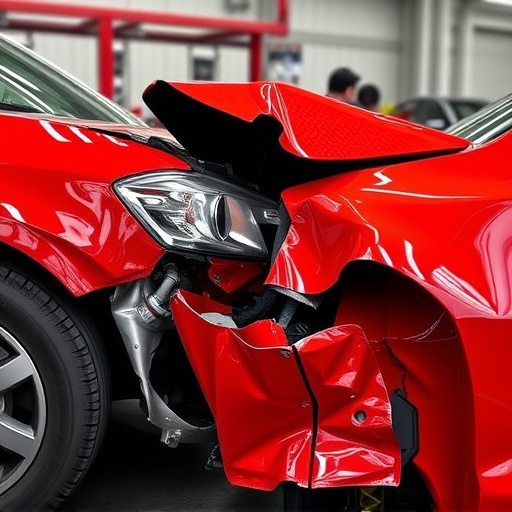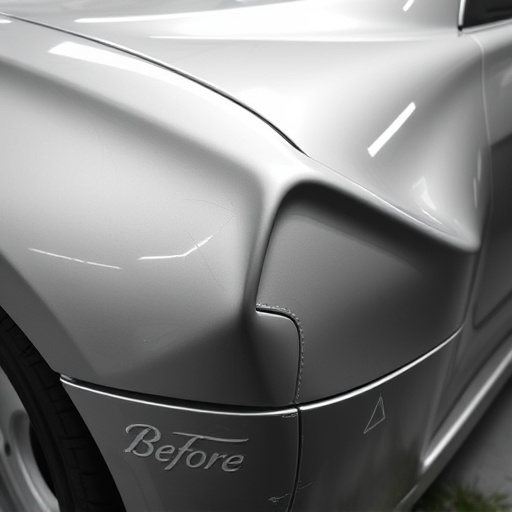A vehicle frame inspection meticulously evaluates a car's structural integrity after potential damage. Technicians use advanced tools to assess chassis, floor pans, and unibody parts for deviations from factory specifications. This process identifies bent frames, damaged suspension, misaligned wheels, and rust spots. Repairs require specialized autobody techniques and high-quality parts to ensure safety and optimal performance in future collisions.
A vehicle frame inspection is a critical process that ensures the structural integrity of your car. This comprehensive guide breaks down the key components inspected, walks you through each step, and highlights common issues and necessary repairs. Understanding the intricacies of a vehicle frame inspection empowers you to make informed decisions about your vehicle’s safety and performance, ensuring peace of mind on the road.
- Understanding Key Components Inspected
- Step-by-Step Process of Frame Inspection
- Identifying Common Issues and Repairs
Understanding Key Components Inspected
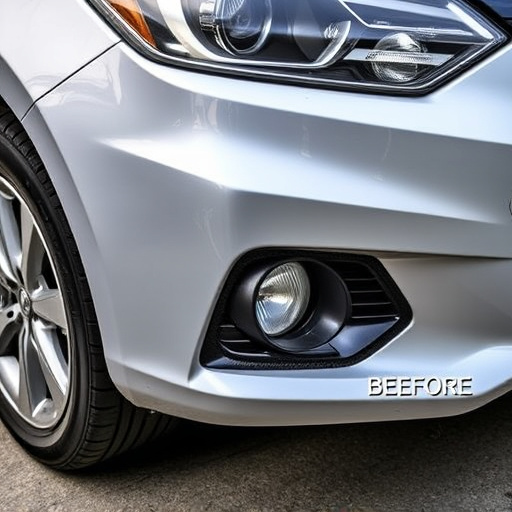
During a vehicle frame inspection, several critical components are meticulously evaluated to ensure the safety and structural integrity of the car. The process begins with a close examination of the frame itself, which serves as the backbone of the vehicle. Technicians look for any signs of damage, such as dents, cracks, or misalignments, that could compromise the frame’s strength. This includes checking key areas like the chassis, floor pans, and unibody components unique to modern cars.
Additionally, the inspection delves into other essential aspects, such as suspension systems, steering components, and brakes. These parts are vital for a smooth ride and effective control. Any abnormalities or wear and tear in these systems could indicate potential issues that might require attention during automotive collision repair or automotive restoration processes at a collision center. Understanding these key components ensures that any necessary repairs are accurately identified and addressed, ultimately contributing to the vehicle’s overall safety and performance.
Step-by-Step Process of Frame Inspection
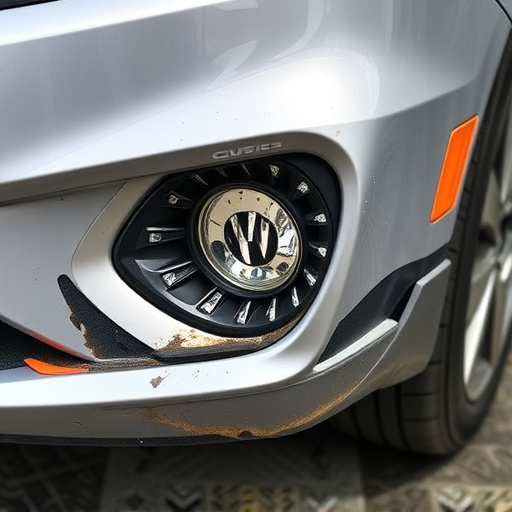
A vehicle frame inspection is a meticulous process designed to assess the structural integrity of a car’s framework after potential damage or an accident. It involves a step-by-step examination that begins with a visual inspection, where trained technicians carefully look for any signs of deformation, bends, or cracks in the frame and its components. This initial visual scan provides a baseline for further evaluation.
Using specialized tools such as frameworks and measuring devices, the inspection deepens. Technicians measure key points along the frame to identify discrepancies from the original factory specifications. Any deviations could indicate structural damage that requires attention. If issues like dents or misalignments are discovered—which might need dent repair or automotive repair expertise—the process becomes more detailed, involving advanced techniques and sometimes non-destructive testing methods to determine the extent of restoration needed. The ultimate goal is to ensure the vehicle’s safety and performance by accurately diagnosing and addressing any frame-related problems before proceeding with auto painting or other cosmetic repairs.
Identifying Common Issues and Repairs
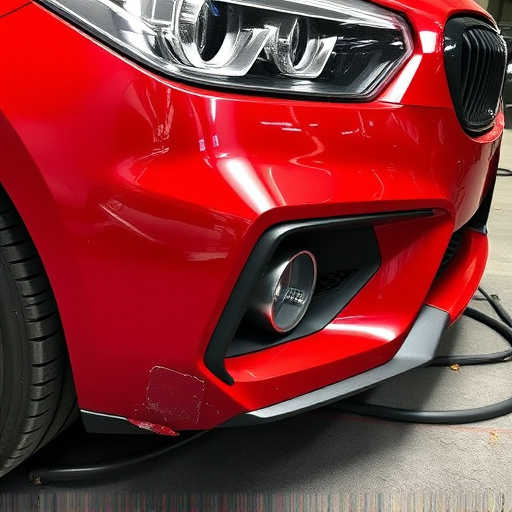
During a vehicle frame inspection, skilled technicians meticulously assess the structural integrity of the car’s chassis and body panels. By utilizing advanced tools like laser measuring devices and computer-aided design (CAD) software, they can identify even the slightest deformities or misalignments caused by accidents, wear, and tear, or manufacturing defects. Common issues discovered during these inspections range from bent frames and damaged suspension components to misaligned wheels and rust spots that signal underlying structural weaknesses.
Repairs following a vehicle frame inspection often involve specialized autobody repairs tailored to the specific make and model. For instance, a Mercedes Benz repair might require precise welding techniques to realign the frame while ensuring the vehicle retains its original manufacturer specifications. Other cases may necessitate replacing damaged parts, such as fenders, doors, or roof rails, with high-quality aftermarket components or original equipment manufacturer (OEM) parts for optimal safety and performance, especially in the event of a future vehicle collision repair.
A thorough vehicle frame inspection is a critical step in ensuring road safety and vehicle longevity. By understanding the key components, following a structured process, and recognizing common issues, owners can make informed decisions about repairs. Regular frame inspections are not only beneficial for safety but also help prevent costly damages down the line, making it an essential practice for any vehicle owner to stay on top of.
